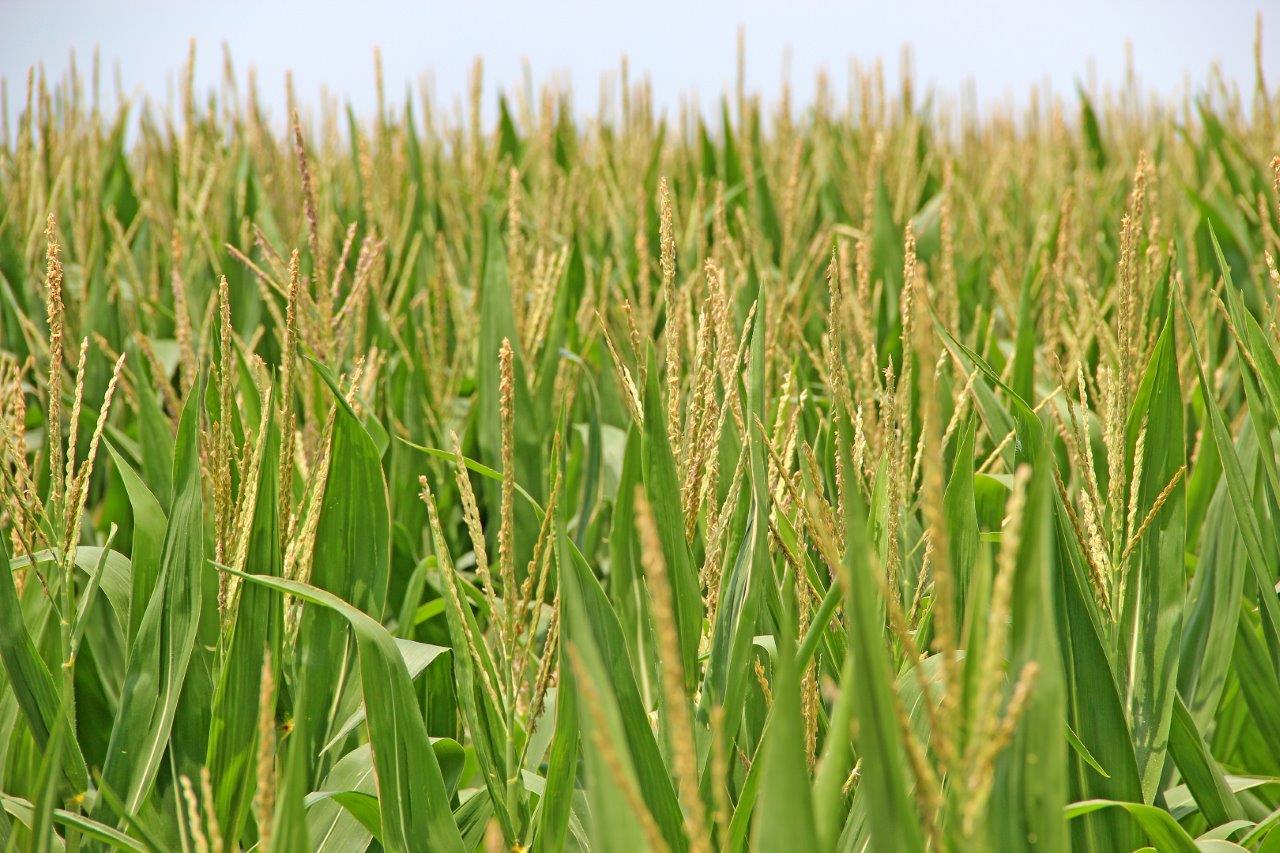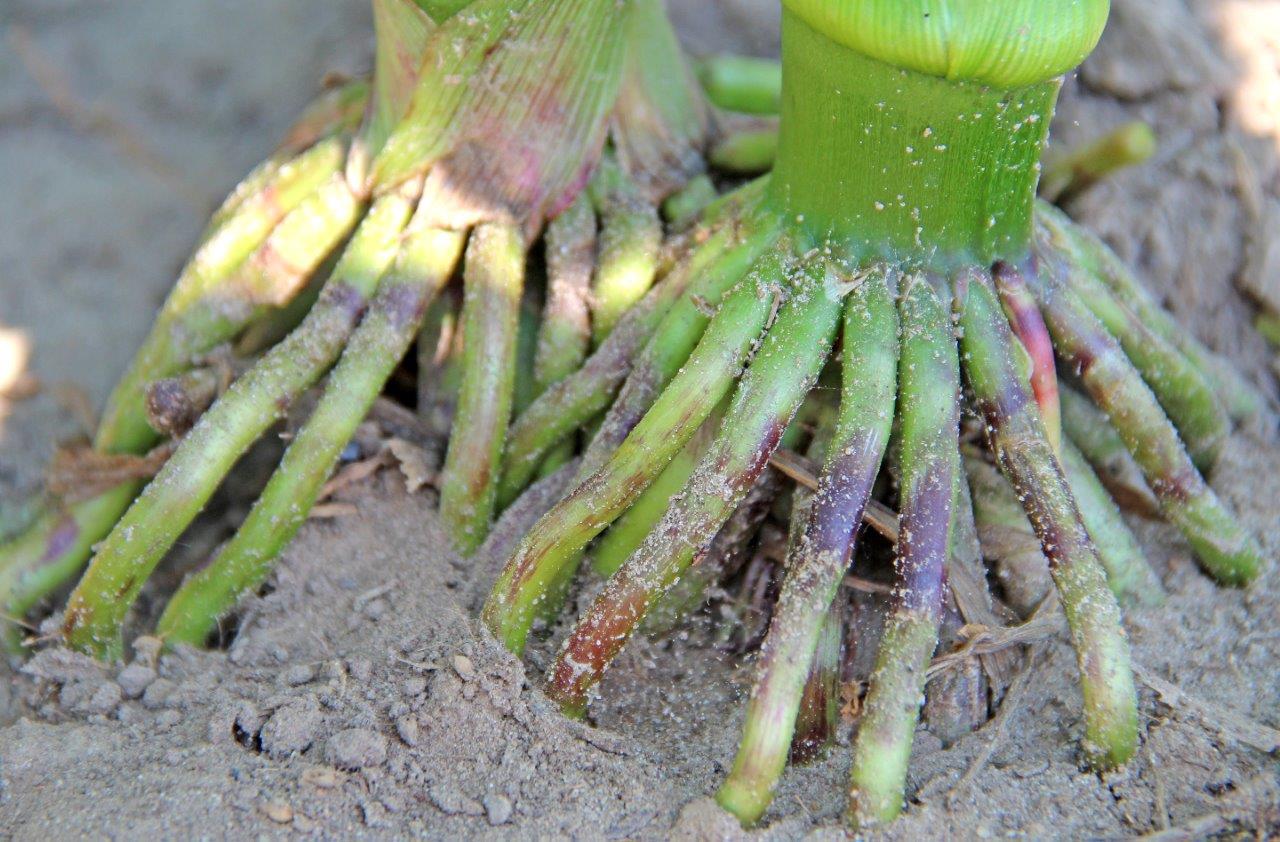Biologicals and the Seven Wonders of the Corn Yield World

The Seven Wonders of the Corn Yield World produce a whole far greater than the individual parts, but which of the Seven Wonders can be deployed on multiple applications to obtain multiple increases in yield? Biologicals.
Speaking at Commodity Classic 2021, on March 5, plant physiologist Fred Below, University of Illinois, and PhD student Connor Sible, presented the potential benefits of biologicals. Below made clear: Biologicals offer opportunity for significant bushel gains. “Ten bushels is what I say biologicals give to a crop,” he said, “but this category also has the widest range.”
Goldilocks
Biologicals fit into three broad categories, Below noted: plant growth regulators, beneficial microbes, and biostimulants. They can be applied during seed treatments, in furrow with starter fertilizer, foliar-applied at vegetative stages (with post herbicide) and reproductive stages (with fungicide or insecticide), deployed with dry fertilizer, or on crop residues.
The Seven Wonders represent a starting point of 260 bu. per acre: Weather is responsible for 70+; nitrogen represents 70; hybrid accounts for 50; previous crop brings 25; plant population leads to 20; tillage/no-tillage means 15; and a final 10 bushels are attributable to biologicals.
Biologicals can greatly enhance residue efficacy, Below said. Residue production varies by yield, and roughly 177 bpa translates to 4.2 tons of stover per acre; 230 bpa means 5.4 tons per acre; and 300 bpa brings 7.1 tons per acre. “Crop residue is nature’s biological. That’s what feeds the soil, and that’s what leads to soil health, but it has to be managed to achieve its full value.”
Plant growth responses to plant growth regulators follow the Goldilocks Rule (too cold, too hot, and just right). “Add too much and it is the wrong way and you can decrease yield,” Below warned. “If a little bit is good, a lot isn’t better. This is a case where you have to read the label, and you have to understand. These things are going to act differently in different weather and different environments.”
Historically, plant populations continue to increase, and the upward trajectory correlates to smaller plant root systems. Therefore, Below said, growing more plants with smaller root systems demands a change in how a crop is managed. “This is an area where biologicals come in to provide stress relief and enhance nutrient access to a crop.”
The Living and the Dead
Biologicals are categorized by the living and the dead, Connor Sible explained: Beneficial microbes are the living and biostimulants are the dead.
And who are the biological players in the game? Nitrogen-fixing bacteria, phosphorus-solubilizing bacteria, and mycorrhizal fungi are all part of the beneficial microbes category. Enzymes (phosphatases), humic/fulvic acids, marine extracts, and sugars are biostimulants.
Nitrogen-fixing bacteria “increase plant-available N by taking atmospheric nitrogen and converting it into ammonium and ammonia, which is then plant-available,” Sible noted. Phosphorus-solubilizing bacteria (PSB) increase available mineral phosphorus in soil. In-furrow PSB provides the greatest benefit, according to Sible, and optimization of grain yield with PSB relies on adequate soil contact near the growing root: “PSB can increase phosphorus uptake, providing the opportunity to reduce phosphorus fertilizer applications.”
Mycorrhizal fungi (AMF) extend the root system. “Seed innoculation of AMF provides the biological with the greatest potential of success by placing the product as close to the seedling as possible,” Sible continued. Enzymes (phosphatases) increase the availability of organic phosphorus bound to organic matter. Humic/fulvic acids chelate soil cations and feed microbes, and stimulate root zones.
However, biologicals are not a replacement for sound crop management, Sible urged: “You have to have adequate planting populations, growth spacing, nitrogen and phosphorus management, and those are prerequisites for the next step of biologicals. They (biologicals) are not going to replace good crop management....maybe there is greater opportunity beyond grain yields when we look at soil health.”
“Biologicals can be effective at increasing crop grain yields,” Sible summarized, “but that efficacy depends on the type of product you’re using. If you really want to optimize the benefit, you need to understand how the product is designed to work.”
In conclusion, Below stressed the need for understanding: “Biologicals are here to stay and they are going to be key management practices in our quest for high yields, but you better understand how they work and what they do, if you’ll have any clue of how to best use them.”









